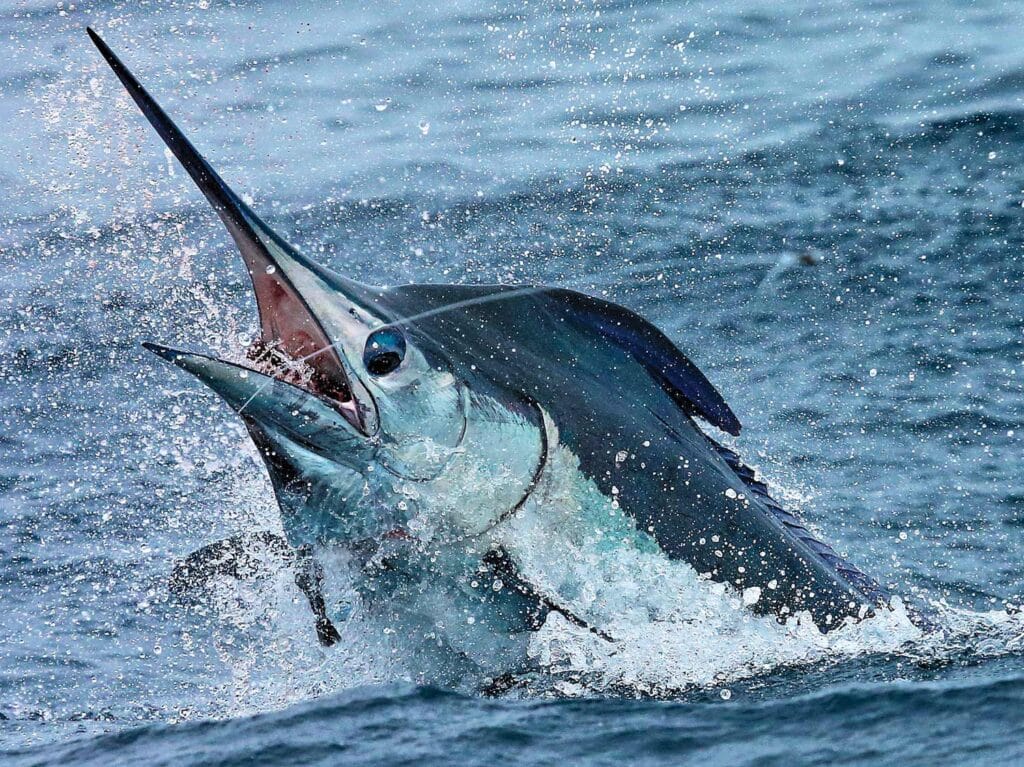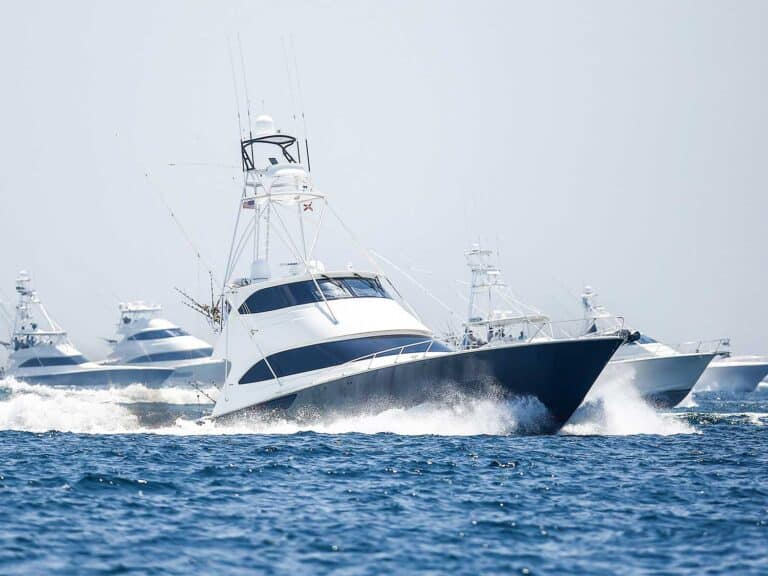
Special delivery: Sign up for the free Marlin email newsletter. Subscribe to Marlin magazine and get a year of highly collectible, keepsake editions – plus access to the digital edition and archives.
As we move into a new season, I truly hope everyone catches bigger fish in 2023. And with tongue in cheek, I also hope that some of you received a scale for Christmas.
I have never seen so many fish posted online that people say weighed so much but that looked so small, even with their arms extended way out so that the fish looked bigger. Some of the true experts are calling them out on it too. There are people claiming to have caught a 100-pound wahoo, a swordfish laying on deck and calling it over 500, and way too many 70-pound mahi out there. In reality, those are all rare trophy catches, no matter where you are. I understand when it’s a charter crew trying to get a mount out of it, but when you post that kind of thing on social media, you lose credibility with your peers. You’ve got two LPs, eight expensive rods and reels, and a boat with multiple outboards or a multimillion-dollar sport-fisher in the background of your photo, and you don’t have a scale?
To be fair, however, I have also seen a few nice-size fish released that the crew called smaller that what it looked like to me. I think it’s way better to have underestimated weight than to be over. So many people have said that it is really hard to judge a fish by just looking at a photo, and I agree. These days, I don’t even like to guess from a photo because I’ve been wrong so much of the time.
When I was fishing in Australia, the crews there used to bust our chops all the time about catching and releasing big marlin and calling it a grander when most of the American crews have never weighed a big marlin. And once again, I had to agree with them. I was fishing with Capt. Laurie Wright on the reef, and we had a big black marlin on; I was down to my last wrap when Wright said, “Go ahead and break it off; she’s under a grand,” just as I had let go of the leader. A half-hour later, the marlin came up dead, so we slid the fish into the boat and headed back to the mothership. That one weighed 990 pounds. She was long and had a big head, but not much girth around the anal fin. Wright has seen quite a few, and it was an impressive call.
Read Next: Your blue or black marlin of a lifetime is likely to be found in one of these top destinations.
There is no doubt that fish are better released than dead, and it’s fine to be wrong when releasing a marlin and being off the guessed weight by a bit, because you really can’t be wrong with a released fish. There’s not much sense in weighing a recreationally caught blue marlin just to find out how much it weighs unless it’s a tournament contender.
To me, it’s even sadder to see so many of these big tuna, wahoo and swordfish caught on electric reels with rods in the covering boards. Too many people watch television shows like Wicked Tuna, where they catch everything with the rod in the holder, and then throw a harpoon at the end. I understand that it’s commercial fishing, and that those tuna are worth a lot of money at the market, but it’s poor sportsmanship when we do it as recreational anglers, and it sets a bad example for the younger generations coming up through the ranks. Please keep that in mind as we move into the new year.







